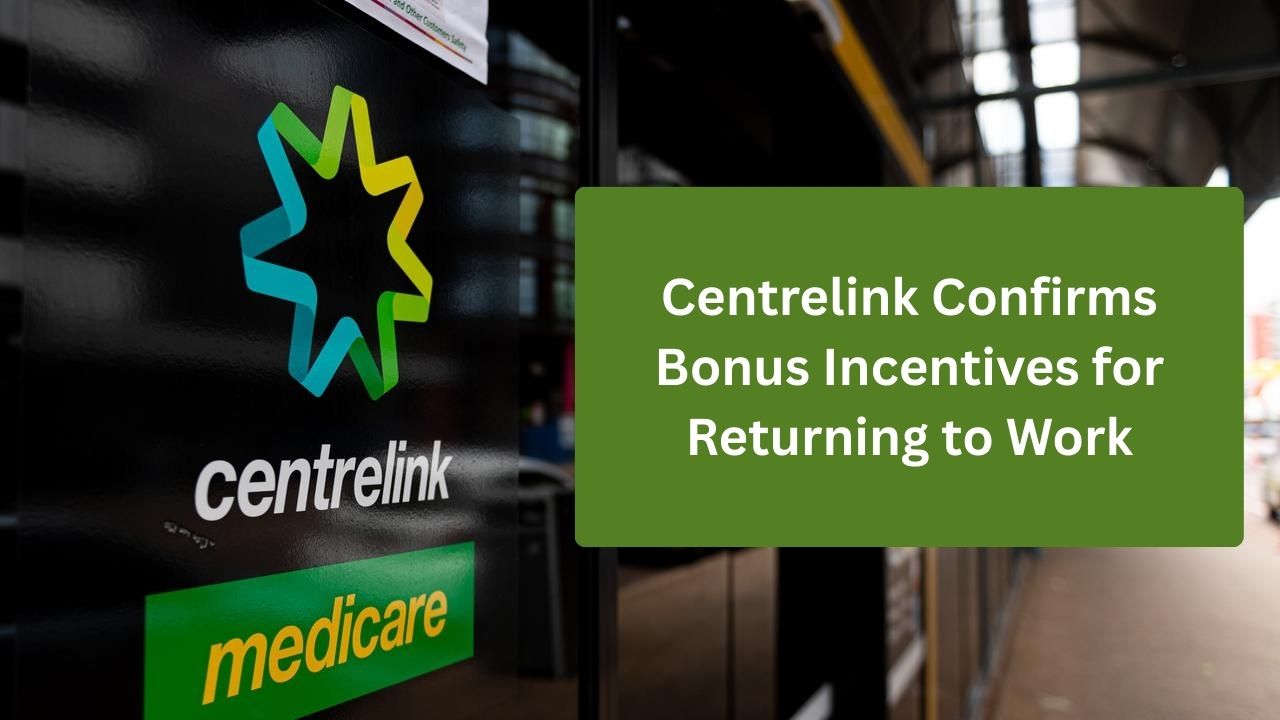Following the government’s confirmation of a new commuter payment intended to assist employees, students, and frequent users of public transportation, Australia’s daily rail travelers will soon experience relief. This new initiative attempts to alleviate the financial burden on individuals who depend on trains on a daily basis, as train rates are increasing significantly throughout major cities and regional lines.
The revelation has generated a lot of curiosity across the country, particularly among students and city workers who spend a large percentage of their salary on travel. According to the government, the payment is intended to acknowledge the vital role that public transportation performs and provide regular commuters some breathing room because living expenses are still quite high.
Quick Info
Program Name: New Commuter Payment
Who It’s For: Daily train commuters (workers, students, essential staff, frequent travellers)
Purpose: To reduce the cost of daily train travel
Payment Type: Ongoing commuter support payment
Launch Time: Beginning next year (exact rollout schedule to follow)
Applies To: Metropolitan networks and selected regional lines
Why It Matters: Helps lower transport costs as fares rise
Extra Benefit: No additional application needed for eligible users once the system is fully integrated
Why the New Commuter Payment Matters Now
Over the past few years, the cost of public transportation has increased throughout Australia. Many rail networks have passed on rising fuel, maintenance, and operational costs to passengers. These price increases have quickly mounted up for folks who depend on trains to commute to work five or six days a week.
The new commuter charge, according to the administration, is a reaction to these difficulties. It seeks to assist those who are forced to travel on a regular basis, particularly those who commute over great distances or between different tariff zones.
Millions of Australians who are unable to decrease their travel expenses in the same way that they may reduce other costs are directly assisted by this initiative, which is being referred to as a timely financial cushion.
What the New Payment Actually Covers
Daily train riders are the target audience for the payment. It is intended to partially offset daily, weekly, or monthly transportation expenses. The government has given a rough framework of the help, while the precise payment amounts will be determined closer to implementation.
This is the condensed explanation:
- Frequent Assistance for Everyday Travelers
For commuters who reach the daily travel requirement, the payout is anticipated to be regular rather than a one-time reimbursement.
- Associated with Verified Travel Information
In order to automatically check daily usage, the system is designed to operate with the history of transit cards, such as Opal, Myki, Translink, or other state-specific cards.
- Adhering to the Work-Related Support Model
The government plans to replicate a system that is similar to energy or cost-of-living offsets, in which help is given in the form of continuous consumption rather than a single amount.
- Designed with City and Regional Commuters in Mind
Since they frequently pay the highest tickets, those who travel from rural or outlying suburbs to large cities stand to gain a great deal.
Who Will Qualify for the Payment?
It is anticipated that the qualifying requirements would be broad enough to automatically qualify the majority of regular rail customers.
According to the existing outline, the following individuals are probably eligible:
- Employees who commute to work five or more days a week;
- students who travel every day for school, TAFE, or university;
- apprentices and trainees who depend on trains for daily transportation;
- essential workers like healthcare personnel, housekeepers, retail employees, and hospitality staff;
- and regional travelers who frequently and consistently use long-distance lines
According to the government, eligibility will be determined mostly by the frequency of travel rather than by income or kind of employment.
How Will Commuters Receive the Payment?
The government intends to incorporate the payment mechanism into Services Australia platforms and current transport card accounts. This will eliminate the need for commuters to submit separate applications in order to obtain compensation or fee reductions.
Among the models under consideration are:
Fare Reduction Automatic
The commuter’s travel card might receive a direct reduction from the payment, lowering the price of each journey.
Cash Offset per Week
If the commuter’s travel card indicates a minimum number of travels, an alternate model involves a weekly payment being placed into their bank account.
Travel Count-Based Monthly Rebate
Consistent users are rewarded according to the number of days they travel each month under this arrangement.
Why the Government Introduced the Program
For Australians, transportation has emerged as one of the most costly weekly costs. Drivers are impacted by gasoline and auto maintenance, but rail passengers have also seen frequent cost increases. For instance, long regional routes, multi-zone travel, and peak-hour travel are frequently more expensive.
According to the government, the new commuter charge was motivated by:
- The growing number of workers who only use trains;
- The challenges of rising living expenses on poorer and middle-class populations;
- The necessity of public transportation for economic activity;
- Comments from neighborhood organizations, transportation associations, and unions
What Commuters Are Saying
So far, the public has responded favorably, especially those who live in the outer suburbs and must make lengthy and expensive travels. Many daily train riders claim that this payment might save them hundreds of dollars annually, which they could use for rent, food, or other expenses.
Regional rail passengers, who sometimes pay the higher tickets for less frequent trains, are among the fiercest advocates, but urban commuters appreciate the help.
Although others think it should be combined with long-term fee freezes, transport advocacy groups agree the payment is a positive move.
When the Payment Will Start
The initiative will start next year, according to the administration, and final technical testing will take place in the upcoming months. Currently, Services Australia and transport authorities are collaborating to develop the digital connection between payment and travel card systems.
When it goes live, commuters will be informed via government channels, transportation applications, and formal statements.
What It Means for the Future of Public Transport
The payment represents a long-term goal of increasing the affordability of public transportation and motivating more people to use trains instead of vehicles. The government anticipates the following outcomes from helping regular commuters:
- Increased use of public transportation;
- less pollutants;
- less traffic;
- and improved financial stability for employees and students
It is an investment in both passengers and the larger transportation system.








Leave a Reply